No time to read the full post? Listen here to the audio version:
Audio Player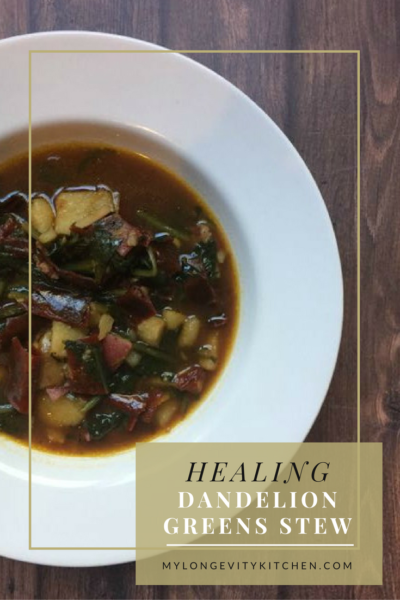
My Inspiration…
One of the first, most-interesting soups I ever made was a braised dandelion greens recipe by Top Chef Master, Chris Cosentino. It was bitter, and spicy, and full of dimension. It’s not for everyone, but that’s okay. This recipe is for anyone who appreciates bitter greens like rapini (broccoli rabe), frisse, escarole, and of course dandelion greens. The way Chris paired the greens with ancho chilies, lemon, olive oil, and true parmigiano reggiano just spoke to me. This is totally my language.
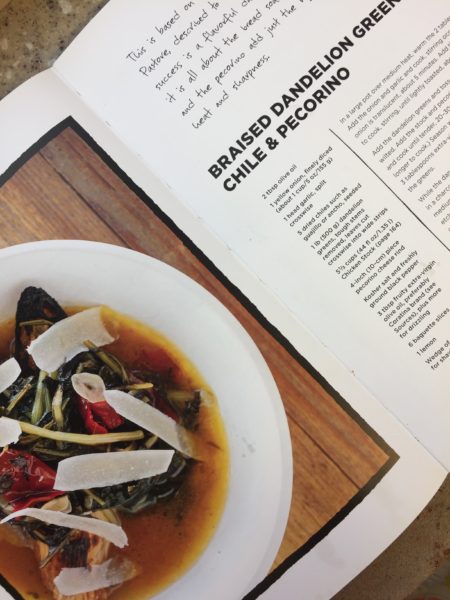
I’ve made it time and time again, swaying a bit from the recipe to make it compliant with my food and lifestyle choices. For instance, he suggests a crusty piece of bread on the bottom of your bowl so it will soak up all of the dandelion broth…and I know that sounds heavenly. But, I don’t really eat bread any more. I eat it on special occasions if it’s gluten free, or if I’m in the mood for a burger with a real bun-but otherwise I avoid it. So, I started adding potatoes to the soup instead. Bitter greens and potatoes are a popular combo with Italians, so that one was a no-brainer. I also changed the chicken broth base to a bone broth base, and the combination of bone broth with dandelion greens is what makes this recipe especially healing. Interested in Chris Cosentino’s cookbook? It’s called Beginnings – My Way To Start A Meal. It’s a beautiful book full of vegetables, cured meats, and artisanal cheeses; and it’s organized by seasons to highlight year-round ingredients for appetizers and small bites.
Longevity Tips…
Bone Broth:
If you are a vegetarian then don’t worry, this soup can be made with water, or vegetable stock, and still turn out great! But for everyone else, let’s talk about bone broth. That’s possibly the main reason I called this recipe “Healing Dandelion Stew”; it’s the bone broth that makes it especially healing. The name “Bone Broth” either gets you excited, or it weirds you out. It’s an ancient broth-making technique that yields some of the most nutrient-rich, healing foods on Earth. It’s been in the human diet for possibly 25,000 years! It still remains a staple in the diets of traditional cultures today, but in fast-paced westernized cultures, like America, we’ve cut corners and dropped this slow-cooking technique (and the types of bones we use). True bone broth is made with all sorts of marrow bones and connective joints, including chicken/pig’s feet for their high amounts of glucosamine chondroitin, collagen and trace minerals. A sign that your bone broth is on point is if it gels, like jello. This comes from the collagen. Yeah it sounds gross, but it only sounds gross because we’re so far removed from traditional foods and cooking methods these days. We need to get back to that, for the good of our health, culture, and spirit.
So, what are the potential benefits of eating bone broth? The benefits are impressive. Bone Broth can improve overall digestion, mood, cognitive function, joint integrity, inflammation, skin, hair, and nails.
How is bone broth prepared? The traditional way is to add a variety of bones/joints to water and slowly bring to a boil. The broth will be cooked all day and sometimes for several days. More modern techniques use vinegar to help draw the minerals from the bones, and a pressure cooker to bring the cooking time down to an hour. That’s what I do.
Can I buy bone broth instead of making it? I see bone broth sold in stores now, and available online. Seek out Kettle & Fire broth if you want the closest to homemade, and the most convenient. Use the code “LONGEVITYKITCHEN” at check out to receive 15% off your order! Kettle & Fire uses a unique packaging method that allows them to store it at room temperature, without preservatives! Pretty convenient that you don’t have to refrigerate or freeze it, like every other brand, and it’s 100% grass-fed too! This is just the beginning of the bone broth comeback!
If you’re ready to make your own bone broth (and save big$) then you’ll find my Facebook post helpful! I answered most of your “How To” questions here.
And of course if you want to use regular broth in this recipe, it won’t hurt; but it won’t taste nearly as good or pack as much nutrition.
Parmigiano-Reggiano:
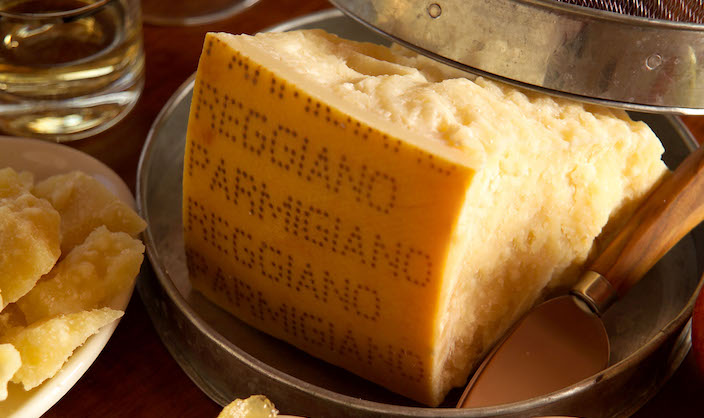
That super long Italian name is worth remembering. Most Americans think of it as “Parmesan,” but that is not nearly the same food. The Italian name on your cheese label, Parmigiano-Reggiano, implies that the cheese was made according to strict practices. It must be from 100% grass-fed cows in the “Parma” and “Reggio” regions of Italy, the milk must be less than 24 hours fresh, unpasteurized (raw), and using no other ingredients to make the cheese besides salt, and calf rennet (enzymes). Why does all of this matter to me? If you buy imitation cheese labeled “Parmesan”, because it’s cheaper, you will be getting pasteurized cheese from who-knows-where, and it likely contains a lot of additives. The true cheese, parmigiano-reggiano, is made from grass-fed cows and unpasteurized milk. This is known as a raw-milk cheese. The benefits here are tremendous, turning the cheese into a health food. Even for people with mild dairy intolerances, this hard raw-milk cheese is healthful to consume because the lactose and casein content in parmigiano-reggiano is almost non-existent, and because the raw milk enzymes help break down the food in a way that makes it easier to digest. So although people with digestion issues might have found their peace with stomach soothers like Zantac, others might still be on the search for a neutraliser to get rid of the burn. There are medicinal properties in the natural world all around us and within the food we eat.
This cheese brings the soup to a whole new level. But, honestly you can make the soup without cheese if you eat dairy free. You can also substitute with Pecorino Romano, or Grana Padano, the latter being a raw-milk hard Italian cheese that is the most affordable. Both of these are sold at any grocery store with a gourmet cheese section.
Dandelion Greens
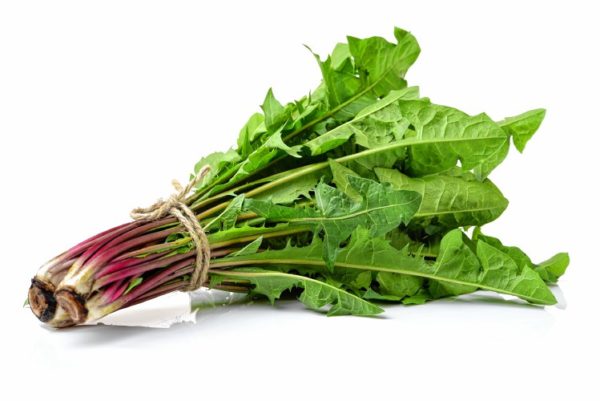
This wild green comes from the pesky dandelion flowers that most Americans spray pesticides on, relentlessly. But there’s a massive group of gardeners, homesteaders, and healers that treasure this green because of it’s medicinal properties. Actually, the whole plant, root, flower, and leaves, are what make it so impressive. If you think about it, wild greens and “weeds” are so tenacious. They come back time and time again, and withstand the harshest conditions. This is a sign that the plant is full of powerful compounds that will benefit us. Dandelion greens are known to be bitter, especially the ones you buy at the grocery store. But if you harvest them from your pesticide-free yard, while they’re young and small, they can be so mild and delicate, perfect for salads. The older, bitter greens are best in soups–like today’s recipe. This plant provides us with incredible vitamin levels, like bone-building Vitamin K, and Vitamin A. The greens also contain a wide variety of minerals and plant compounds, which help regulate heart rate, blood pressure, digestion, and liver function. This is a great detox green, and one for someone who is sick. That’s another reason this is called Healing Dandelion Green Stew. Because the liver has an imprint on just about every other system in the body, it is important to keep this organ in top shape. In that respect, liver antioxidants, along with the green detox recipe can prove extremely beneficial for the liver. There is a lot more information on the internet about liver detox (loveyourliver.com being one of them), if you are interested.
It’s Time to Cook…
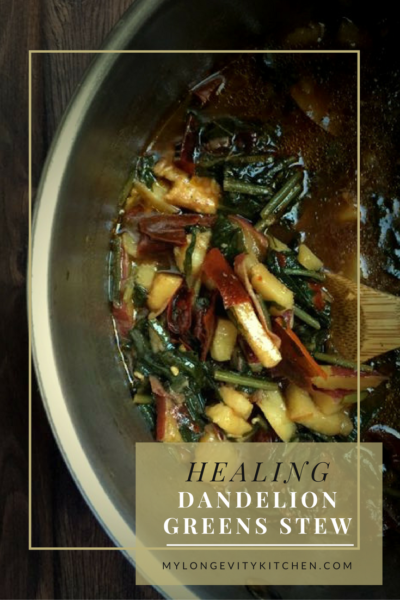
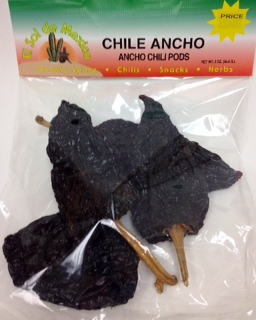 This recipe calls for Ancho Chilies which are dried poblano peppers sold for just a few dollars at Mexican grocers, or any grocery store with a big international aisle. You can even buy them online. If you want to pick them up at an even affordable price then you may want to see which stores will accept coupons or promo codes so that you, the customer, can make great savings on your next shop – check out websites like Raise to see precisely where you can do this. These dried chilies are used in mole sauces, salsa, enchilada sauce, and can even be rehydrated (add hot water) to use the peppers for any dish. I’ve made this soup several times with both Ancho and Guajillo peppers, but Ancho takes the win. The skins are much more tender and enjoyable to eat in this soup. Look for small packages like this and you’re ready to cook!
This recipe calls for Ancho Chilies which are dried poblano peppers sold for just a few dollars at Mexican grocers, or any grocery store with a big international aisle. You can even buy them online. If you want to pick them up at an even affordable price then you may want to see which stores will accept coupons or promo codes so that you, the customer, can make great savings on your next shop – check out websites like Raise to see precisely where you can do this. These dried chilies are used in mole sauces, salsa, enchilada sauce, and can even be rehydrated (add hot water) to use the peppers for any dish. I’ve made this soup several times with both Ancho and Guajillo peppers, but Ancho takes the win. The skins are much more tender and enjoyable to eat in this soup. Look for small packages like this and you’re ready to cook!
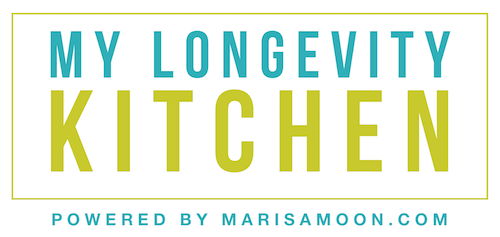







I made this stew tonight and it was delicious. My son wanted more protein so I added some chicken. We will definitely make this again.
Spring cleanse after eating canned, smoked and dried foods all winter prior to refrigeration.
This looks delicious! I never thought to use dandelion greens in a soup before. I’m definitely putting it on my list of things to play with in the kitchen. Thanks for the dandelion idea!
I relate to what you say about compounds that can share some powerful nutrients. Our family friend Guido’s tradition of going out foraging in lush fields or roadsides for those early season “weeds” may be one of our old friend’s longevity secrets indeed!
Absolutely! And the bitter taste is from those same plant nutrients that make them so resilient in nature and in us. Exciting stuff!